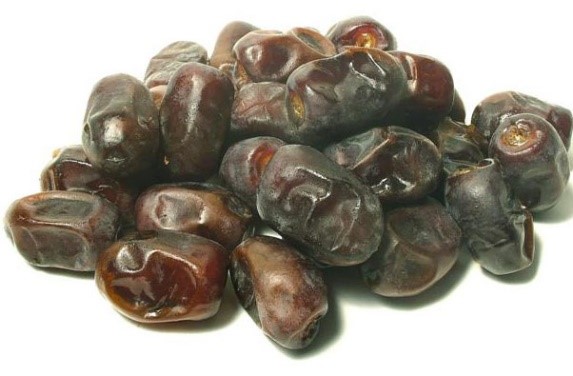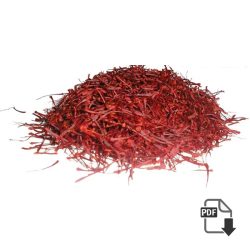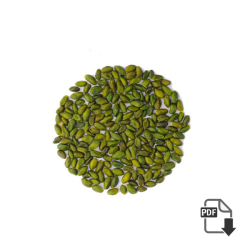Top Import Markets and Business Opportunities Why Global Demand for Walnuts Keeps Rising Walnuts are among the most sought-after tree nuts in global trade. Thanks to their rich nutritional profile—high in omega-3, antioxidants, and protein—they’re a key ingredient in the food, health, and cosmetics industries.Walnut Demand Worldwide Moreover, consumers are prioritizing natural, plant-based foods. As a result, walnut usage is expanding across multiple sectors, including snacks, dairy alternatives, baked goods,...
Persian Walnut The Persian Walnut, also known as the Common Walnut or English Walnut, is a species of walnut that is native to the Balkans, in southeast Europe, east through southwest and central Asia, and the Himalayas to southwest China. The largest forests are in Kyrgyzstan, [caption id="attachment_14952" align="aligncenter" width="250"] Best Iranian Walnut[/caption] Persian Mamra Almond ( Badam ) where Persian Walnut trees occur in extensive, nearly pure walnut forests...
A walnut is the nut of any tree of the genus Juglans (Family Juglandaceae), particularly the Persian or English walnut, Juglans regia. A walnut is the edible seed of a drupe, and thus not a true botanical nut. It is commonly consumed as a nut. After full ripening for its edible seed when the shell...
Walnut Varieties Of the hundreds of varieties of English Walnuts available - and the many closely related species - we have selected a range suitable for the climate throughout the UK and for the differing purposes which our customers have in mind. Walnut Varieties This amount to several dozen in all, which are listed below. Each entry leads to details on the variety or species. Please for more information or...
Black Walnut Descriptions and uses Black Walnut Please for more information or any inquiry click here …… Distinctive, dark-colored heartwood, as well as tasty and valuable nuts, make black walnut a highly prized North American hardwood tree. walnut is native to the United States, but its numbers have declined significantly. Walnut ( tree , shell , calories , nutrition , protein , wood and oil ) This decline has occurred...
Walnut Harvesting Water, nutrients, insects, and many other factors affect nut production. Typically, black walnut trees bear nuts no earlier than their twelfth year. Annual nut production increases as the crown widens and reaches its maximum at about 30 years. Annual nut production of each tree will fluctuate, but total production for a plantation is fairly consistent. The exact time to harvest depends upon factors such as markets, weather, your...
Thinning Walnut Thinning : Thinning reduces the stand so that growth is distributed to those trees you wish to keep for future products. Thinning should leave 25 to 30 trees per acre for nut production, and 75 to 100 trees per acre for lumber production. A thinning may be required two or more times during the life of the stand.Avoid thinning before trees reach a size at which they can...
--- walnut pruning practices --- walnut pruning practice : How intensively you manage the black walnut plantation depends on your objectives, time available, resources, and plantation size. Unlike site selection, management of black walnut is flexible, and many methods are available for managing the stand. Only basic methods are covered here. Thinning, pruning, and other...
Walnuts Production Management Walnuts Production Management : Poor sites have characteristics which will stress black walnut trees. These characteristics include insufficient moisture, too much moisture, harsh conditions from steep slope, hard pans and shallow soils with bedrock or gravel that restrict root growth. Unfortunately, you cannot improve a poor site. To grow black walnut profitably,...

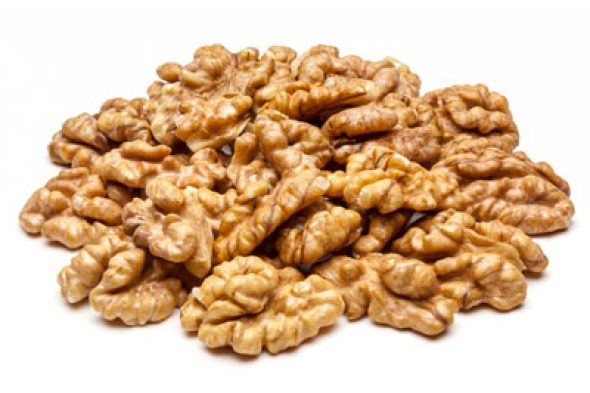
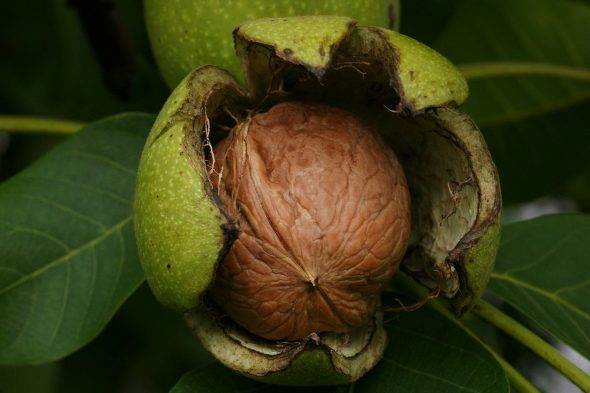
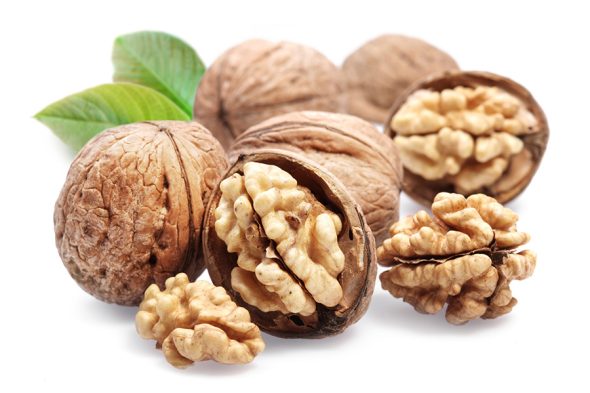
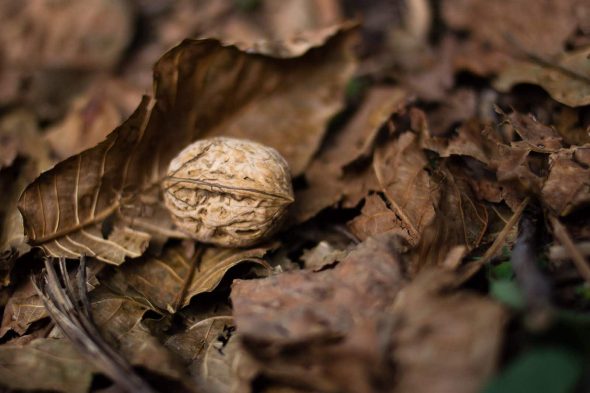
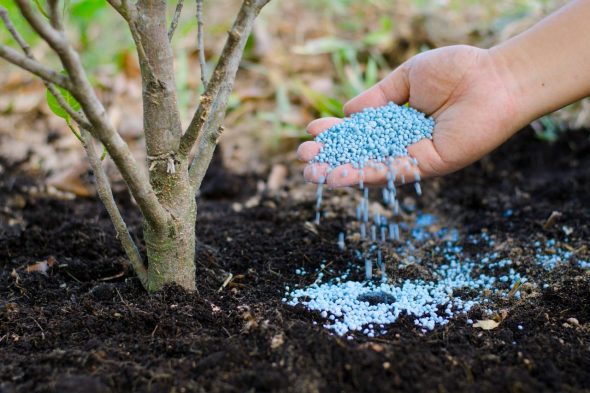
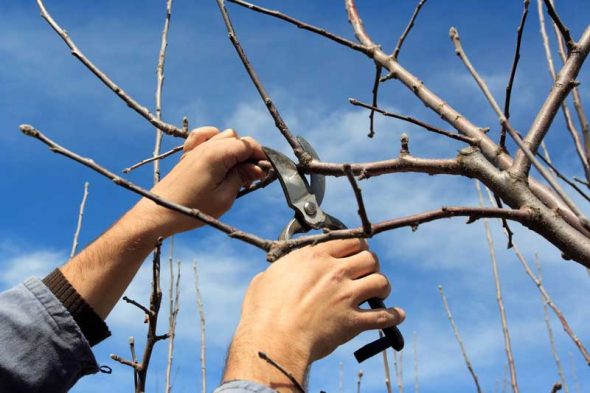
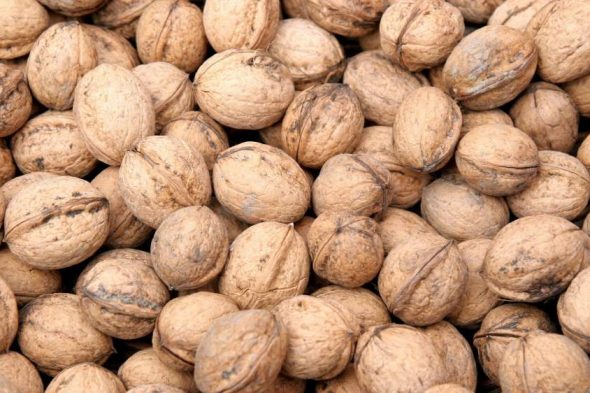
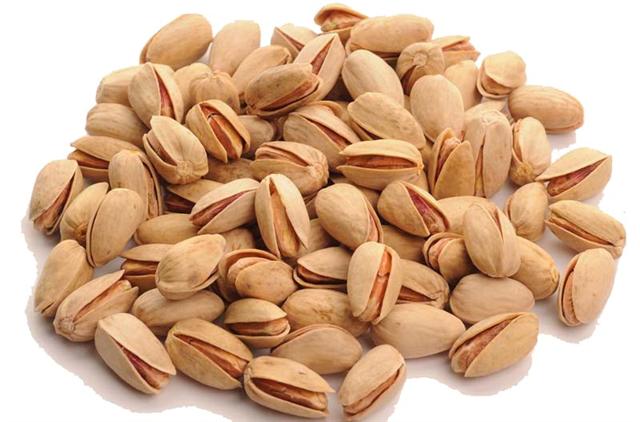
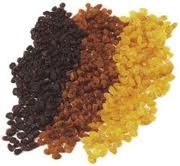 3 kind raisin
3 kind raisin 